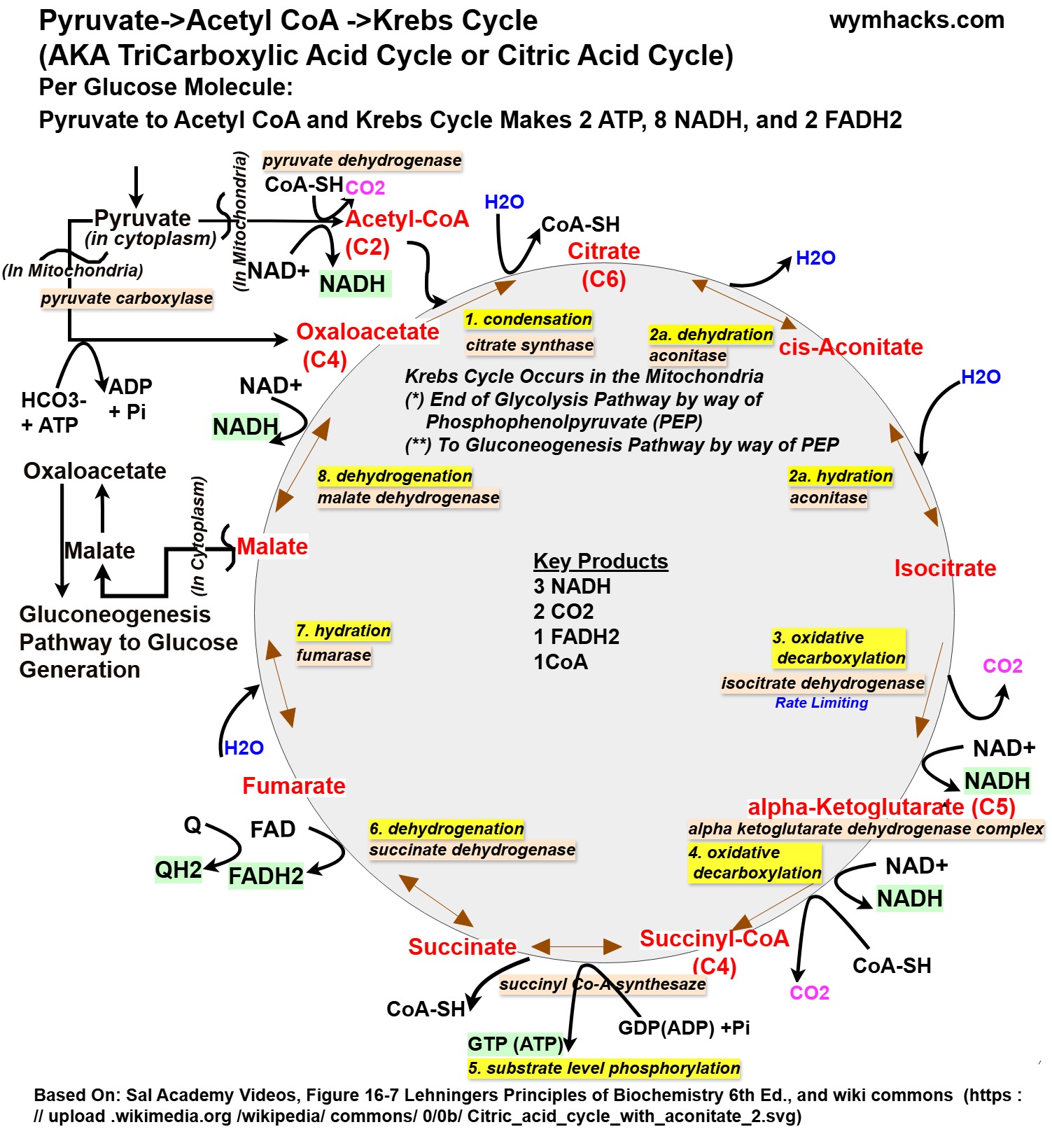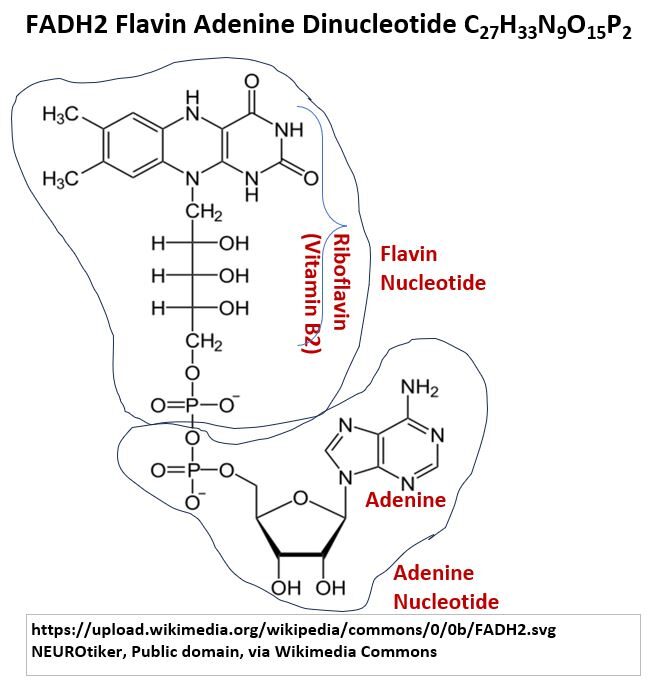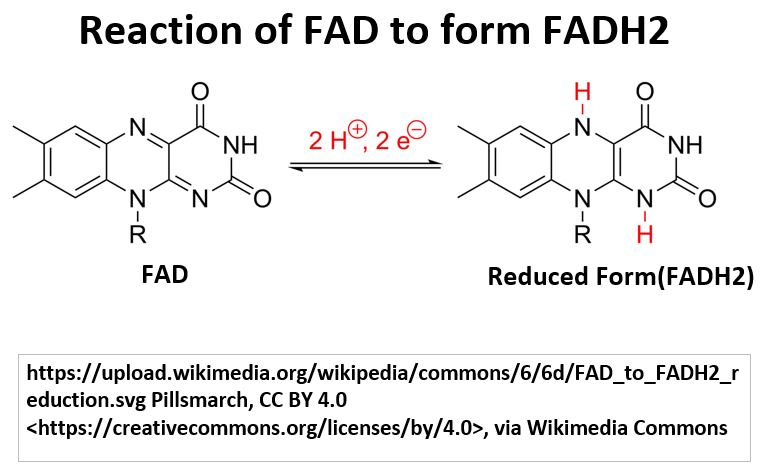Menu (linked Index)
Cellular Respiration (IV) Krebs Cycle
Last Update: October 29, 2024
Introduction
This is part IV of a 5 part series on Cellular Respiration. You can access the other posts via the links below.
- Cellular Respiration (I) Overview
- Cellular Respiration (II) Glycolysis
- Cellular Respiration (III) Pyruvate to Acetyl CoA
- Cellular Respiration (IV) Krebs Cycle
- Cellular Respiration (V) Oxidative Phosphorylation
The Krebs Cycle is the 3rd Stage of Cellular Respiration.
It is a cyclic aerobic process, that is continuously fed with Acetyl CoA which is produced via Pyruvate from the previous stage.
Its primary purpose is to generate electron carrying molecules to be used in the final stage of Cellular Respiration, the Electron Transport Chain.
Krebs Cycle Schematic
The Krebs cycle (Citric Acid Cycle or TCA cycle), at its essence,
- extracts energy from food.
- It enables the final stage of cellular respiration (the Electron Transport Chain) where
- a large amount of ATP is produced.
The Krebs Cycle reaction steps are quite complex.
Take a look at the Krebs Cycle drawing below as you read on.
Krebs Cycle/TCA Cycle/Citric Acid Cycle

Krebs Cycle Reactions
- Energy In: Acetyl-CoA, a molecule from “carbs”, fats, or proteins, enters the cycle.
- It reacts with the last intermediate in the Krebs Cycle (Oxaloacetate) to make Citrate.
- Energy Capture by Electron Transfer:
- Through a series of reactions,
- high-energy electrons transfer from the fuel onto carrier molecules (NADH and FADH2).
- A small amount of ATP is produced as well.
- NADH and FADH2 travel to the next critical process (the Electron Transport Chain).
- CO2 is also produced
- New Cycle: The cycle continues when the last intermediate reacts with Acetyl CoA to make more Citrate
We need to talk about FADH2 (Flavin Adenine Dinucleotide).
FADH2
Take a look at the structure of FADH2 below.
Picture_FADH2 – Flavin Adenine Dinucleotide

- Just like NADH, FADH2 has a lot of familiar parts!
- Those adenine , ribose, and phosphate groups seem to be everywhere. (DNA, RNA, ATP, ADP, NADH, CoA).
- There is an Adenine nucleotide molecule in it (we sometimes call this a moiety).
- FADH2 also has a Vitamin B2 (Riboflavin) moiety in it.
- Without Vitamin B2 (which we have to get from out diet), the body cannot make the various forms of FAD.
- Electrons are carried by FADH2 and delivered to the Electron Transport Chain.
- FADH2 a coenzyme since it works with enzymes to deliver these electrons.
The reaction showing the reduction of FAD to FADH2 is shown below.
Picture_FAD to FADH2 Reduction Equation

Molecular Accounting through Stage 3 of Cellular Respiration
Through 3 of the 4 stages of Cellular Respiration, we have the following molecular balance:
For one molecule of Glucose:
- 1st Stage: Glycolysis: produces 2 ATP (net) and 2 NADH.
- 2nd Stage: Pyruvate to Acetyl CoA produces 2 NADH.
- 3rd Stage: The Krebs Cycle produces 2 ATP / 6 NADH / 2 FADH2
So, the Stage 1 , 2, and 3 Cellular Respiration energy molecule totals are :
- 4 ATP
- 10 NADH
- 2 FADH2
The NADH and FADH2 are electron carriers that are used in the final Stage 4 of Cellular Respiration, the Electron Transport Chain.
Conclusion
The Krebs Cycle, the 3rd Stage of Cellular respiration, produces, per molecule of glucose,
- 2 ATP
- 6 NADH and
- 2 FADH2
FADH2 is yet another important Adenine Nucleotide molecule.
The NADH and FADH2 molecules are electron carriers to be used in the 4th and final stage of Cellular Respiration.
The next and last stage of Cellular Respiration is Oxidative Phosphorylation. You can access my article on this topic via the link below.
Check out these nice references for more information.
Disclaimer: The content of this article is intended for general informational and recreational purposes only and is not a substitute for professional “advice”. We are not responsible for your decisions and actions. Refer to our Disclaimer Page.
